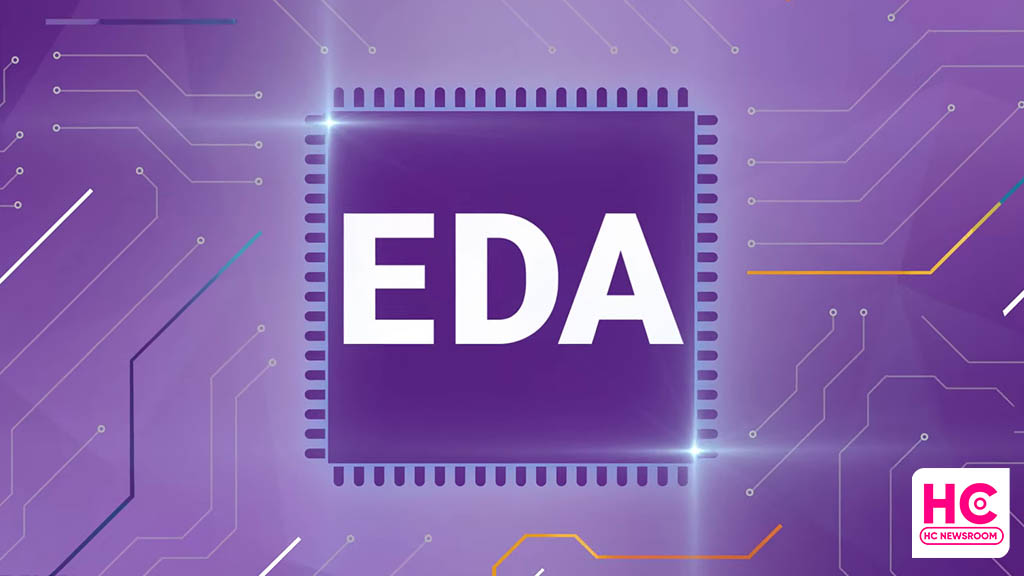News
EDA: Let’s dive into Electronic Design Automation

Electronic Design Automation or EDA is a category of hardware, software, services, and processes that use computer-aided design to develop complex electronic systems like printed circuit boards, integrated circuits, and microprocessors.
The dense packing of elements onto a circuit board or microprocessor requires highly complex designs. Therefore, EDA software has largely replaced the manual circuit board and semiconductor design with automated, standardized processes that empower rapid development while minimizing bugs, defects, and other design errors.
Why is Electronic Design Automation Important?
With the advancement of chip design, EDA software has become very important for developers involved in the production of printed circuit boards (PCB) and other circuit boards.
- EDA tools can handle increased complexity in chips due to more features over SoC.
- Stay ahead in the competition with reduced time to market (TTM).
- Advanced features in EDA tools help improve productivity.
- EDA tools help improve power, performance, and area (PPA).
- EDA tools with AI/ML infusion are helping in every aspect of semiconductor design, from simulation to design verification to emulation prototyping and chip rollout.
- EDA with AI makes it possible to produce the devices needed to keep up with customers’ expectations.
- You can boost your IC design, production quality, and speed by leveraging ML, resulting in impressive, quick results and happier customers.
How does EDA Work?
EDA technology generally contains three ways to assist with the design and manufacture of chips.
Simulation tools take a description of a proposed circuit and predict its behavior before is it implemented.
Design tools take a description of a proposed circuit function and assemble the collection of circuit elements that implement that function. This is both a logical process (assemble and connect the circuit elements) and a physical process (create the interconnected geometric shapes that will implement the circuit during manufacturing). These tools are delivered as a combination of fully automated and interactively guided capabilities.
Verification tools examine either the logical or physical representation of the chip to determine if the resultant design is connected correctly and will deliver the required performance.
There’s more that you can read about EDA here.







